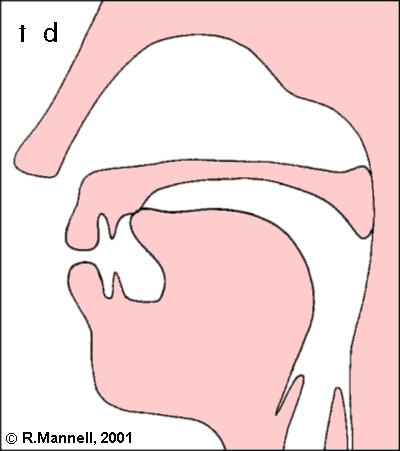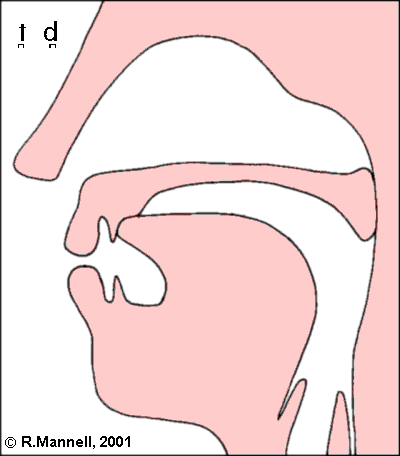Your Spanish Needs More Teeth: Make Your Alveolar Consonants Dental
- Tyesha Ferron

- Feb 4, 2019
- 2 min read
Updated: Sep 13, 2021

Quick anatomy lesson: There’s a spot on the roof of your mouth called the alveolar ridge. It’s located between the teeth and the hard palate. In English, this is where we usually produce the sounds [t], [d], [s], [z] and [n], making them Alveolar consonants. However, in Spanish, [t] and [d] aren’t produced at the alveolar ridge, but rather the back of the teeth, making them Dental consonants.
When English speakers use the alveolar ridge to produce [t] and [d], more air is released, resulting in aspiration. However, Spanish consonants are not aspirated, so speakers who pronounce these consonants with aspiration have a noticeable accent. Speakers can rectify this by moving their tongue to the back of their teeth, reducing the amount of air that's released.
Really. That's it. Literally moving your tongue a few millimeters forward can improve your accent in Spanish.
👅 See for yourself. Place your hand in front of your face. Say a few words that start with [t], making the [t] sound the way you normally would in English. Can you feel the air coming out onto your hand? Now, move your tongue forward towards the back of your teeth. Repeat those words. Do you still feel air coming out? If you don't, then you’ve successfully made your pronunciation a little more accurate.
If you do, keep practicing until you don't. It can be a little tricky at first to get your tongue in the right position. It may help to look at pictures and listen to examples, so you know when you've got it figured out.
In Phonetics, you would narrowly transcribe these sounds with diacritics. For English, you would use the Aspiration diacritic, which is basically a superscript [h]: [tʰ] [dʰ]. To transcribe them as being dental, you would place the diacritic [ ̪] under the consonants: [t̪] [d̪].








Comments